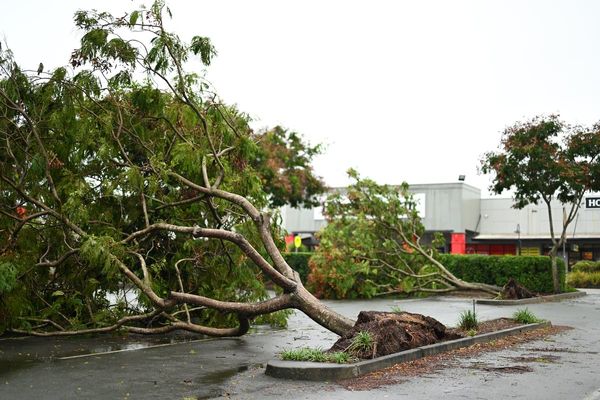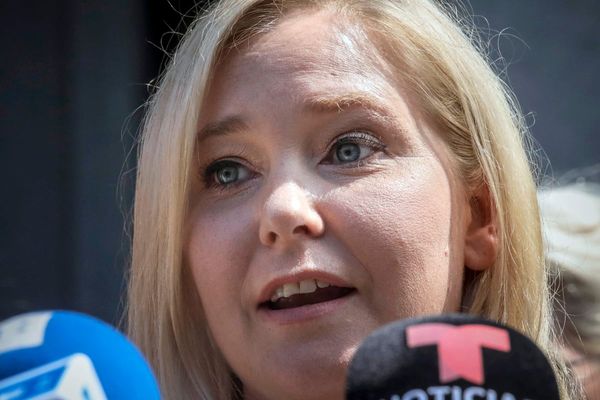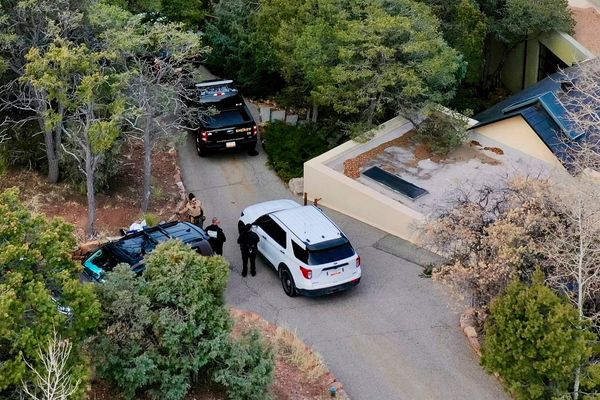
Whether Mykhailo Mudryk is, ultimately, cleared or banned, he can count himself unlucky. The number of high-profile footballers embroiled in performance-enhancing drug scandals is tiny. Even fewer serve significant bans if found guilty.
Mudryk is doubly unfortunate in that the Football Association runs a pretty good anti-doping programme compared with many of its counterparts and it was an FA test in October this year that resulted in what is known as an adverse analytical finding.
The FA conducted 1,220 tests between January and June this year and crucially 900 were no-notice out-of-competition tests, the kind any anti-doping programme requires if it is serious about catching cheats. As Dick Pound, the most senior International Olympic Committee member and a former president of the World Anti-Doping Agency, has said: “When you know you’re going to get tested in competition [and you fail a test], not only are you a crook but a stupid crook.”
Mudryk, a Ukraine international, has posted on Instagram that he never knowingly used banned substances and that his team is investigating how the finding occurred. The substance reportedly in question, meldonium, most famously resulted in a 15-month ban when used by the Russian tennis star Maria Sharapova.
It is the drug of choice for athletes trying to avoid a more complicated steroid regime, though it is ill advised if being regularly tested, because it can take months to clear the body. It treats angina and so helps the flow of oxygen-rich blood, crucial for stamina, but also regulates the energy system, making it more efficient. It isn’t licensed in the UK or EU but is available widely in the former republics of the Soviet Union, having been developed in Latvia.
Mudryk’s “complete shock” at the positives suggests this isn’t a medical issue and anyway a doctor’s note indicating he has angina or a related medical condition isn’t a slam-dunk exoneration because he should have declared any such usage to Chelsea and the drug tester. The club would have told him not to use a drug that isn’t licensed in the UK.
If there is no innocent explanation, his best hope may be to rely on the Paul Pogba defence when the France international tested positive for testosterone precursors, and incurred a four-year ban, reduced to 18 months on appeal to the court of arbitration for sport in October. He argued he had taken a supplement in error, after it was given to him by a leading sports doctor in Florida, who Pogba had assumed would know anti-doping regulations but evidently didn’t.
Pogba is the biggest name in recent years to serve a significant ban but he shares the characteristic of high-profile footballers (and tennis players) who often have their bans reduced. The number of footballers failing tests is tiny. Fifa collected 2,616 samples worldwide in 2023, with only one turning out to be an adverse analytical finding. Even in that case, Fifa exonerated the player because they turned out to have a therapeutic use exemption (TUE), which allow certain drugs for medical reasons. Although there are athletes with legitimate TUEs, it is also an area weaponised by sports coaches and rogue doctors in recent years.
The low number of failed tests means footballers are either so well paid that they wouldn’t risk taking drugs and that football doesn’t have a significant issue, or that football hasn’t yet found an effective means of catching cheats. Fifa did 622 out-of-competition tests for the whole of world football in 2023, 23% of the total compared with the FA’s 73%. Fifa’s out-of-competition percentage for the period July 2021 to December 2022 was 42%.
Fifa said most of its testing takes place at its tournaments – 2023 was the year of the Women’s World Cup – and that federations and confederations are also testing players and therefore the balance of in- and out-of-competition testing is better than the figures imply. Given there are about 130,000 male professional footballers, about one in 200 can expect a random knock at the door each year from Fifa but, says Fifa, they may also expect to get a knock at the door from Uefa or their equivalent confederation, or from their FA.
But football has long struggled to bring many successful or high-profile anti-doping prosecutions. For all of the FA’s testing, the last significant ban it handed out was for nine months in January 2022 for a player using a masking agent. The player’s name has never been revealed. In March 2021 the FA imposed a two-year ban on a futsal player for using a banned hormone and issued a nine-month ban for growth hormone in August 2020. Again, no players were named. Mudryk has confirmed his case but FA policy would have been to keep it private at least until the case had been resolved and in some circumstances even once it had concluded.
The history of football’s doping allegations, as opposed to convictions, is long, convoluted and often ends with those in question being cleared. Dr Riccardo Agricola, medic to the mid-1990s Juventus team that included Antonio Conte, Zinedine Zidane, Fabrizio Ravanelli, Didier Deschamps, Gianluca Vialli and Alessandro Del Piero, was given a 22-month suspended prison sentence, fined and found guilty of providing performance-enhancing drugs to Juventus players, though no players were specified or proven to have taken drugs. And Agricola was cleared of sporting fraud by the appeal courts a year later. He rejoined Juventus in 2017 and remains listed as a consultant at their J-Medical healthcare centre.
In the run-up to the 2018 World Cup it was proved that hosts Russia had run a systematic doping programme across sports and covered up and falsified test results. The Russian whistleblower Vitaly Stepanov said the doping system was “created” by the then Fifa executive committee member Vitaly Mutko, who has always denied knowledge of the fraud. At the time independent investigators uncovered 155 Russian football doping cases which were said to be the “tip of the iceberg”. At least 34 of those produced paperwork, testimony and other corroboration that might be expected to lead to formal disciplinary proceedings. As a matter of urgency Fifa investigated the Russia 2018 World Cup squad and concluded “insufficient evidence was found to assert an anti-doping rule violation”.
In subsequent investigations into other players Fifa announced in 2021 that Ivan Knyazev and Daria Meshcheryakova had received two years doping bans and Vladimir Obukhov a six-month ban because he had provided substantial assistance.







